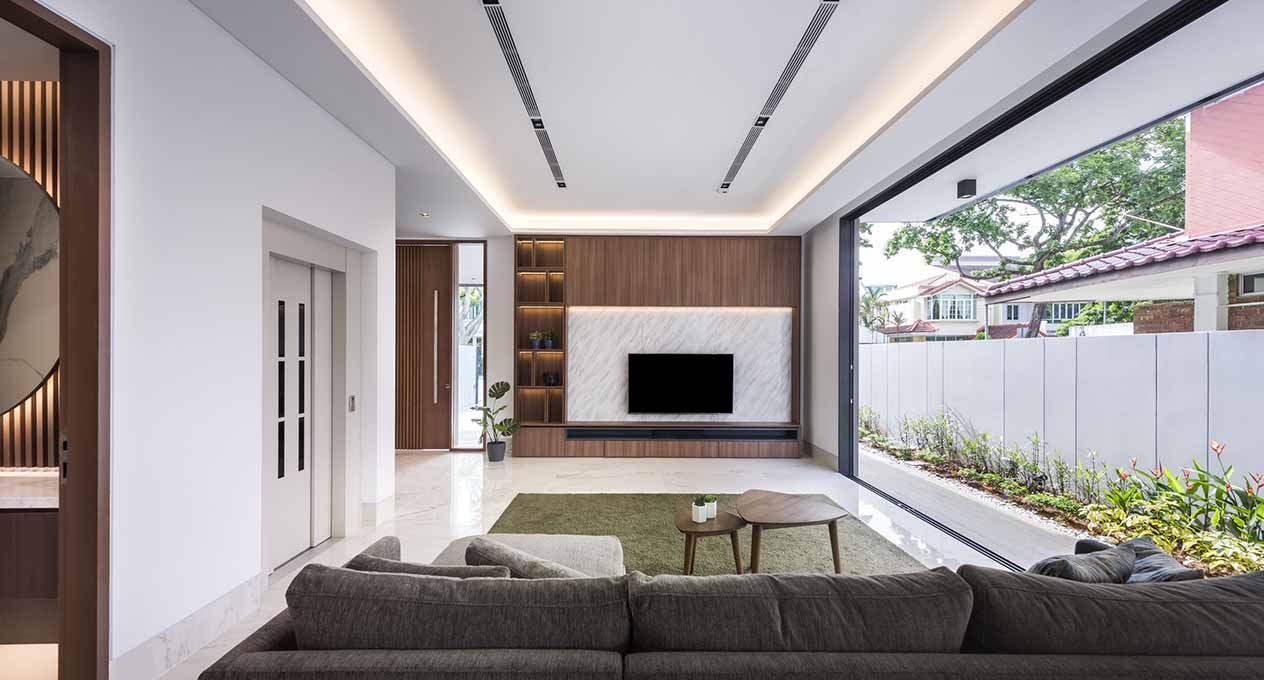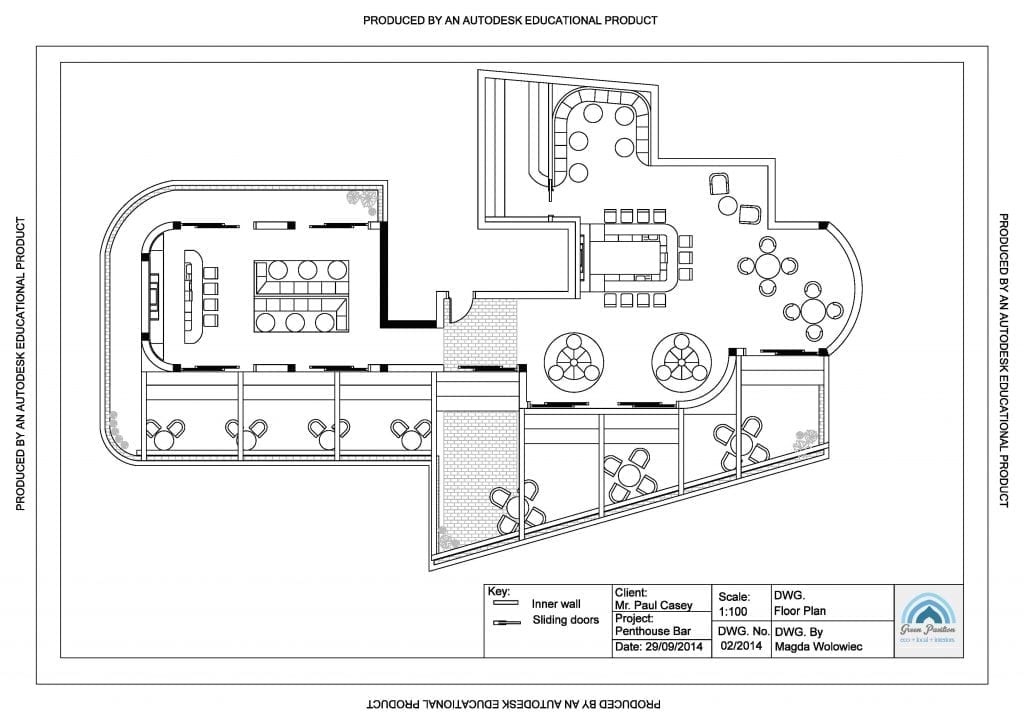Gorgeous Countryside Homes Interior Design for Nature-Inspired Living
Gorgeous Countryside Homes Interior Design for Nature-Inspired Living
Blog Article
The Art of Balance: Just How Interior Design and Home Designer Collaborate for Stunning Results
In the world of home style, striking a balance between appearances and functionality is no tiny task. This delicate equilibrium is achieved through the harmonious collaboration between interior designers and architects, each bringing their distinct experience to the table. The outcome? Rooms that are not just aesthetically sensational yet likewise very habitable. Nevertheless, this best blend is not always easy to achieve. Remain with us as we discover the ins and outs of this joint procedure and its transformative effect on home layout.
Comprehending the Core Distinctions Between Interior Decoration and Home Design
While both indoor design and home design play crucial roles in developing cosmetically pleasing and useful areas, they are naturally various disciplines. It deals with the 'bones' of the structure, working with spatial measurements, load-bearing wall surfaces, and roof designs. On the other hand, interior style is extra worried with enhancing the sensory and aesthetic experience within that framework.
The Harmony In Between Home Style and Interior Decoration
The synergy in between home style and Interior Design depends on a shared vision of style and the enhancement of useful aesthetic appeals. When these two fields line up sympathetically, they can change a home from regular to amazing. This partnership calls for a much deeper understanding of each self-control's principles and the ability to produce a natural, aesthetically pleasing setting.
Unifying Style Vision
Merging the vision for home architecture and Interior Design can produce a harmonious space that is both useful and cosmetically pleasing. The balance starts with an incorporated mindset; architects and indoor developers team up, each bringing their knowledge. This unison of concepts forms the style vision, a plan that overviews the project. This common vision is vital for consistency throughout the home, making sure a fluid shift from exterior design to interior spaces. It advertises a synergistic strategy where building elements complement Interior Design elements and vice versa. The result is a cohesive space that shows the house owner's preference, way of living, and individuality. Thus, unifying the design vision is critical in mixing architecture and Interior Design for spectacular results.
Enhancing Useful Looks
How does the synergy between home design and Interior Design improve functional aesthetic appeals? This harmony enables the creation of rooms that are not only visually appealing yet likewise easily usable. Engineers lay the groundwork with their structural design, making sure that the area is efficient and functional. The interior designer then enhances this with carefully picked components that boost the looks without endangering the capability. This harmonious partnership can lead to homes that are both stunning and liveable. A designer might make a residence with big home windows and high ceilings. The interior designer can then highlight these functions with large drapes and tall plants, respectively, thus boosting the visual appeal while keeping the sensible advantages of natural light and spaciousness.
Importance of Cooperation in Creating Balanced Spaces
The collaboration between indoor designers and engineers is essential in developing well balanced rooms. It brings consistency between design and style, giving birth to rooms that are not only visually pleasing but additionally functional. Discovering successful collective techniques can provide insights into exactly how this synergy can be effectively achieved.
Harmonizing Style and Design
Balance, a necessary element of both Interior Design and architecture, can only really be accomplished when these two areas operate in consistency. This consistency is not simply an aesthetic factor to consider; it influences the functionality, toughness, and ultimately, the livability of a room. Inside developers and designers should understand each other's more roles, respect their knowledge, and connect efficiently. They should take into consideration the interaction of structural aspects with style, the circulation of areas, and the influence of light and color. This collaborative process leads to a cohesive, well balanced design where every aspect adds and has an objective to the total visual. For that reason, harmonizing layout and architecture is not nearly developing stunning areas, but regarding crafting areas that function perfectly for their residents.
Effective Collective Techniques

Case Studies: Successful Integration of Style and Design
Examining a number of instance researches, it emerges just how the effective integration of Interior Design and click for more info architecture can transform a space. The Glass House in Connecticut, renowned for its minimalistic sophistication, is one such example. Designer Philip Johnson and interior designer Mies van der Rohe collaborated to create an unified equilibrium in between the interior and the structure, resulting in a seamless circulation from the exterior landscape to the inner living quarters. An additional exemplar is the Fallingwater Residence in Pennsylvania. Designer Frank Lloyd Wright and indoor designer Edgar Kaufmann Jr.'s joint initiatives bring about a strikingly one-of-a-kind house that mixes with its natural environments. These study highlight the extensive influence of an effective layout and design partnership.

Getting Over Challenges in Design and Style Cooperation
Despite the undeniable advantages of a successful collaboration between Interior Design and style, it is not without its challenges. Interaction issues can arise, as both parties might make use of different terminologies, understandings, and methods in their job. This can lead to misunderstandings and delays in job completion. An additional major challenge is the balancing act of looks and capability. Architects might focus on architectural stability and security, while developers focus on comfort and style. The integration of these purposes can be complicated. Additionally, spending plan and timeline restrictions usually add stress, possibly causing breaks in the collaboration. Effective interaction, mutual understanding, and concession are important to get rid of these difficulties and attain a successful and unified cooperation.

Future Patterns: The Advancing Connection In Between Home Architects and Interior Designers
As the globe of home style continues to progress, so does the relationship in between designers and indoor designers. Conversely, interior developers are accepting technological facets, affecting overall layout and performance. The future assures a much more natural, ingenious, and flexible method to home style, as developers and engineers continue to obscure the lines, fostering a connection that genuinely personifies the art of balance.
Final thought
The art of balance in home layout is achieved through the unified collaboration between indoor developers and architects. An understanding of each other's self-controls, reliable interaction, and shared vision are vital in producing aesthetically stunning, functional, and welcoming spaces. Regardless of difficulties, this partnership fosters development and technology in design. As the partnership in between home designers and interior designers progresses, it will remain to shape future trends, enhancing convenience, efficiency, and individual expression in our living spaces.
While both interior design and home style play vital investigate this site roles in developing cosmetically pleasing and practical areas, they are naturally different self-controls.The synergy between home architecture and interior layout exists in a common vision of style and the enhancement of practical visual appeals.Unifying the vision for home style and interior layout can develop an unified living room that is both practical and visually pleasing. Hence, unifying the style vision is vital in mixing design and interior layout for stunning results.
Exactly how does the synergy between home architecture and indoor design boost functional visual appeals? (Winchester architect)
Report this page